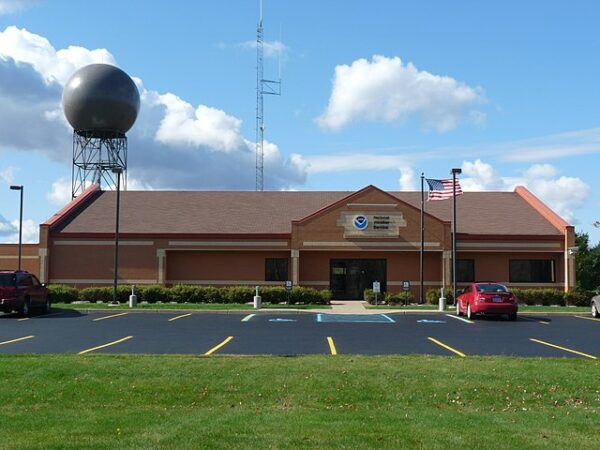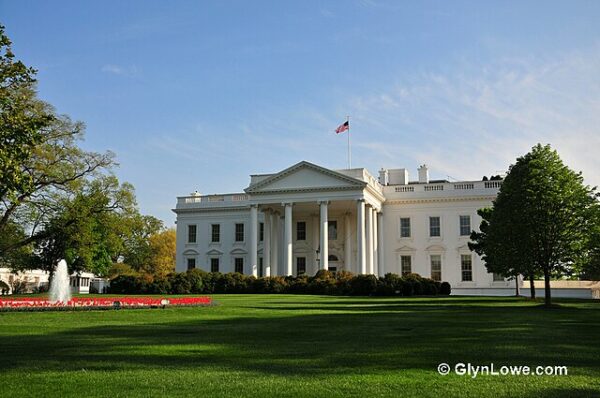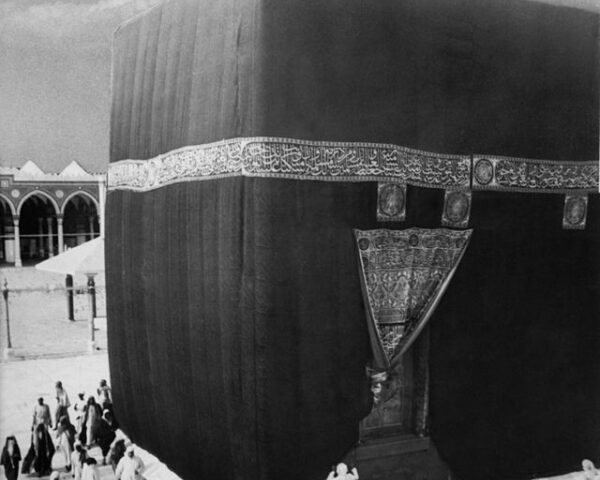On the morning of November 1, 1870, a terse telegraph message pulsed across the new wires of the Western Union system from Washington, D.C. It marked a small beginning for something that would come to shape daily life, commerce, and national safety for generations: the first official weather forecast in U.S. history. Issued by the newly created Division of Telegrams and Reports for the Benefit of Commerce—an awkward name soon shortened in popular use to the Weather Bureau—the announcement read simply that “high winds” were likely for the Great Lakes region. Modest though it sounded, this dispatch signified the birth of organized meteorology in America.
The creation of the Weather Bureau was itself a product of war and science converging in an age of ambition. Just five years earlier, in 1865, the telegraph had bound the country together more tightly than ever, while the Civil War had demonstrated the perils of ignorance about weather. Storms had wrecked ships, flooded camps, and confounded generals. The need for a coordinated national warning system—especially to protect ships on the Great Lakes and Atlantic coast—was growing ever clearer. It was an Ohio senator, Charles Sumner’s ally Halbert E. Paine, who championed the idea. He introduced legislation directing the U.S. Army’s Signal Service to collect and distribute weather data for the “benefit of commerce and agriculture.” President Ulysses S. Grant signed it into law on February 9, 1870.
Under the direction of Brigadier General Albert J. Myer, the Army’s Chief Signal Officer, the new Weather Bureau established a network of 24 observation stations stretching from Maine to New Mexico. Each morning and evening, soldiers trained in rudimentary meteorology would record the temperature, barometric pressure, humidity, and wind at their posts, then transmit the results by telegraph to Washington. There, a small staff compiled the readings onto a single national weather map—an innovation that allowed scientists to visualize storms as moving systems rather than isolated local events. From those maps came the first official forecasts, called “probabilities.”
That first “probability” of November 1 was both cautious and prophetic. The Great Lakes region, the Bureau warned, could expect “high winds from the northwest.” Within days, a powerful gale struck the upper Midwest, wrecking several ships on Lake Michigan and confirming both the forecast’s accuracy and its importance. Newspapers began printing the daily bulletins, which soon became as routine as stock prices. By the mid-1870s, farmers, sailors, and city dwellers alike were scanning the probabilities each morning—a new ritual of modern life.
The Weather Bureau’s early forecasts were primitive by today’s standards. Meteorologists relied entirely on surface observations and hand-drawn charts; there were no satellites, no radar, and no upper-air data. Yet the fundamental principle that guided the work—the idea that atmospheric patterns move predictably over space and time—remains the same. With time, the Bureau’s role expanded beyond forecasting to encompass climate data, storm warnings, and public education. Its reports informed everything from shipping routes to the scheduling of baseball games.
Technological progress transformed the Bureau throughout the late nineteenth and twentieth centuries. By 1901, the agency—transferred from the War Department to the Department of Agriculture—was issuing forecasts for every major U.S. city. Balloons began sounding the upper atmosphere in the 1920s; radar tracked storms during World War II; and computers revolutionized numerical forecasting after the 1950s. In 1970, exactly a century after its founding, the Weather Bureau was renamed the National Weather Service and placed under the National Oceanic and Atmospheric Administration (NOAA), reflecting its broader scientific mission and civilian character.
Yet amid all the advances in technology and modeling, the Bureau’s original purpose endures: to protect lives and property through timely knowledge. The modern National Weather Service issues more than 1.5 million forecasts each year and monitors hurricanes, wildfires, and droughts with global precision. Its warnings reach millions instantly through smartphones, satellites, and social media—descendants, in a sense, of that first telegram in 1870.
The announcement was one of civilization’s most profound transformations: the effort to bring foresight to nature’s chaos. When the Weather Bureau made its first forecast on November 1, 1870, it turned observation into anticipation, transforming the sky from an omen into a field of knowledge. The “probabilities” of that day were the first step toward a world in which storms could be tracked before they struck—and where the atmosphere itself could, at last, be read.






